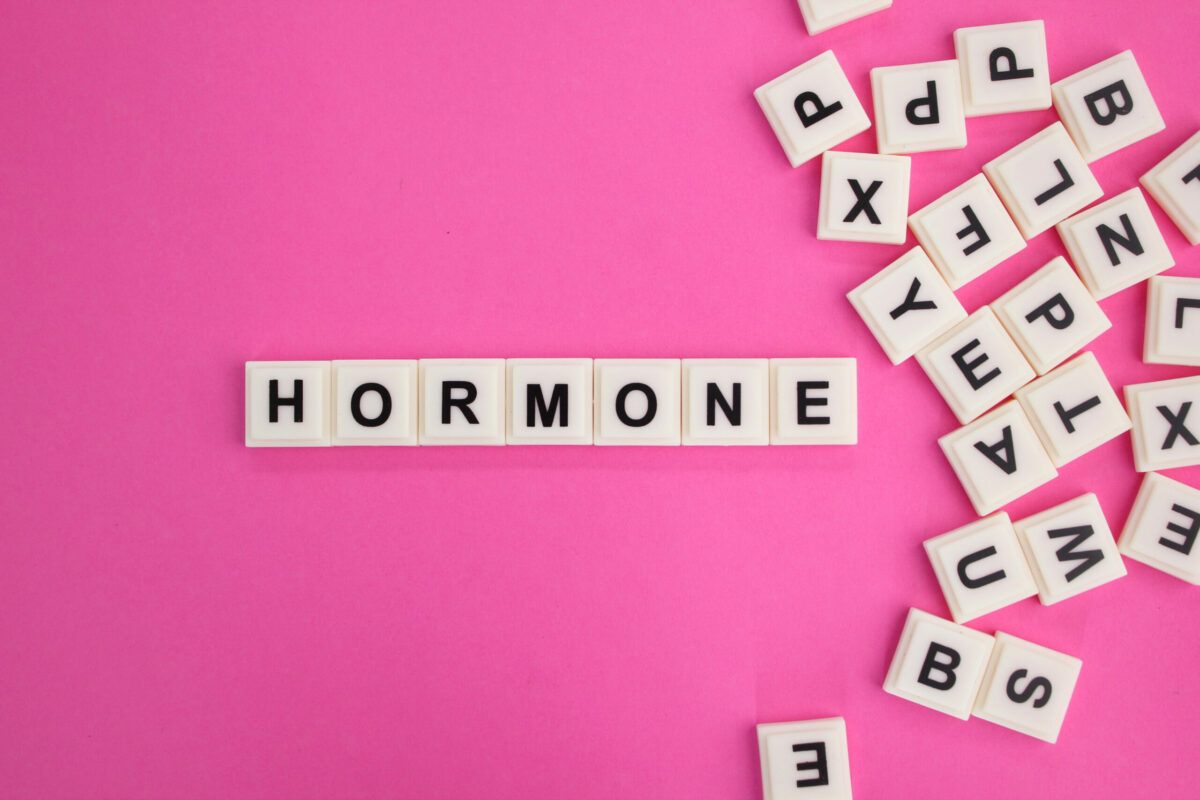Estrogen is the main sex hormone in women. This hormone plays an important role in developing and maintaining sexual characteristics in females. Males also produce estrogen but in smaller amounts. Estrogen is responsible for many processes in the body, for example:
- Sexual development during puberty
- Helps to regulate body weight, insulin sensitivity, glucose metabolism, and cravings
- In women who are pregnant and teenagers provoke breast changes
- Keeps under control the growth of the uterine lining at the beginning of the pregnancy and during the menstrual cycle
- Is responsible for bone health and cholesterol levels.
Symptoms of Low Estrogen
Low levels of estrogen may be experienced by women approaching menopause and girls during puberty. Women of different ages also can suffer from decreased estrogen levels. Certain symptoms and signs of low estrogen levels:
- Mood changes
- Absent or irregular periods
- Hot flashes
- Fatigue
- Concentrating problems
- Depression
- Breast tenderness
- Headaches
- Painful sex because of insufficiency of vaginal lubrication
- Increased chances of urinary tract infections (UTIs) because of thinning of the urethra
If bone density decreases, you may experience bone fractures or break them more easily. Estrogen is responsible for keeping strong bones that work together with vitamin D, calcium, and other minerals. You can suffer from low bone density because of low levels of estrogen. It is advised to treat this condition because it can also cause infertility in females.
Causes of Low Estrogen
Estrogen mainly is produced in the ovaries. Thus, problems with ovaries can affect estrogen production. There are some examples of why young women may experience low estrogen:
- Excessive exercise
- Eating problems (such as anorexia)
- Turner syndrome
- Chronic kidney disease
- Low functioning of the pituitary gland
- Genetic defects, autoimmune conditions, or toxins can cause premature ovarian failure
A low level of estrogen also can be a symptom of menopause, which is common in females over 40 years old. This condition also is called perimenopause. In any case, ovaries are still producing estrogen in the period of perimenopause. Production will decrease slowly until you are approaching menopause. When women reach menopause, their ovaries stop producing estrogen at all.
Risk Factors for Low Levels of Estrogen
There are some examples of risk factors:
- Eating problems
- Extreme dieting
- Excessive exercising
- Aging, the ovaries slowly continue to decrease the production of estrogen
- Issues with the pituitary gland
- A history of hormonal problems (such as ovarian cysts)
Diagnosing of Low Estrogen
You can prevent many health problems by correctly diagnosing and treating low levels of estrogen. It is recommended to consult a doctor when you are experiencing symptoms of low estrogen. It’s an important factor to diagnose low estrogen early because it will help you to prevent future complications. Doctors may ask questions about family history and symptoms for a better diagnosis. Healthcare providers may also perform a physical exam. Furthermore, physicians may order a blood test to assess the level of estrogen in the blood. If you experience any of the following symptoms your estradiol and estrone levels should be tested. For example:
- Insomnia or sleeping trouble
- Night sweats
- Hot flashes
- Often missing periods (amenorrhea)
In some cases, doctors may order you a brain scan or DNA test to check if you do not have any endocrine problems.
Treating of Low Estrogen
Hormonal treatment is commonly used for women who have decreased estrogen levels.
Estrogen therapy
Females aged from 25 to 50 years old and suffer from low estrogen levels are usually prescribed estrogen therapy. With this treatment, a patient can benefit from decreased risks of cardiovascular disease, bone loss, and other hormonal imbalances.
The severity of the condition is an important factor in determining the correct for patients. There are four ways to administer estrogen. For example:
- Orally
- Via injection
- Vaginally
- Topically
Sometimes, you may need long-term treatment to help estrogen return within the normal range. It means that you need to periodically administer estrogen but in smaller doses to maintain normal levels of estrogen.
Estrogen Therapy (ET) can also relieve the symptoms of menopause and decrease the risk of fractures.
However, Estrogen Therapy (ET) could increase the risk of cancer. That’s why, is not recommended to use ET for more than two years.
Hormone Replacement Therapy (HRT)
Doctors may suggest HRT if you have premenstrual symptoms or you are approaching menopause. Progesterone and estrogen levels are considerably reduced during menopause in women. Hormone Replacement Therapy may help estrogen levels get back to normal.
The length, dosage, and combination of hormones during TRT treatments can be adjusted. If a woman has her uterus, progesterone is needed, but if a woman had a hysterectomy she doesn’t need that hormone.
The National Institutes of Health (NIH) conducting The Women’s Health Initiative (a study about women’s health problems prevention), stated that women administering progesterone with estrogen may have a higher risk of some diseases such as heart disease, blood clots, breast cancer, urinary incontinence, and stroke.
Connection between Levels of Estrogen and Overweight
Estrogen influences the quantity of body fat. If the levels of this hormone decrease it can lead to weight gain. Moreover, estrogen also helps to control glucose levels and lipid metabolism. In one study researchers concluded that this condition can be the reason why females in perimenopause are more likely to gain weight. Furthermore, being overweight may increase the risk of cardiovascular disease, obesity, and diabetes. If you have experienced low estrogen symptoms and you start gaining weight unexpectedly, you should consult your doctor. A doctor may help with an individual well-balanced diet and physical exercise plan.




